What is Traits?
- Code is shortened by using Traits.
- One code is used everywhere just by writing the trait function.
Example :
Output:
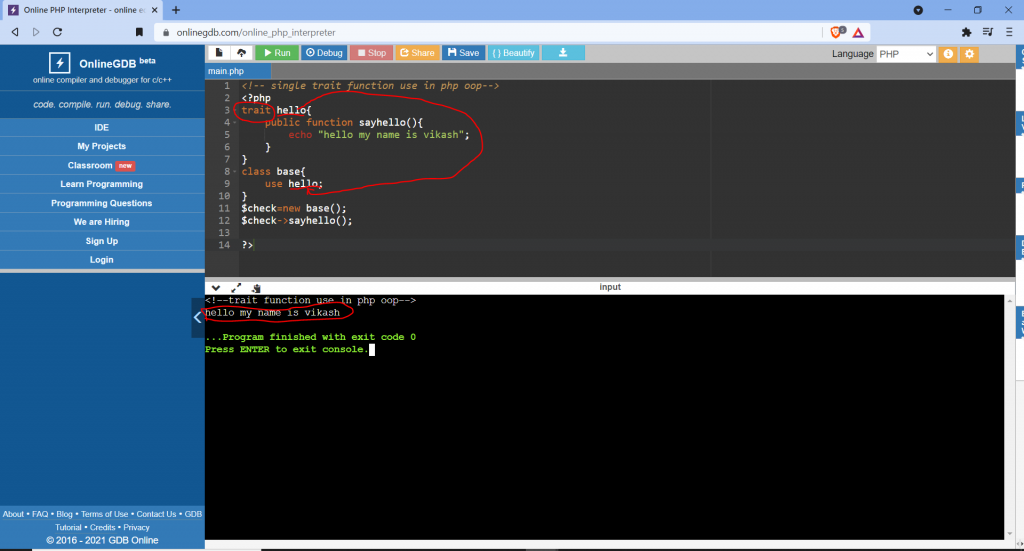
Multi traits use example:
Output:
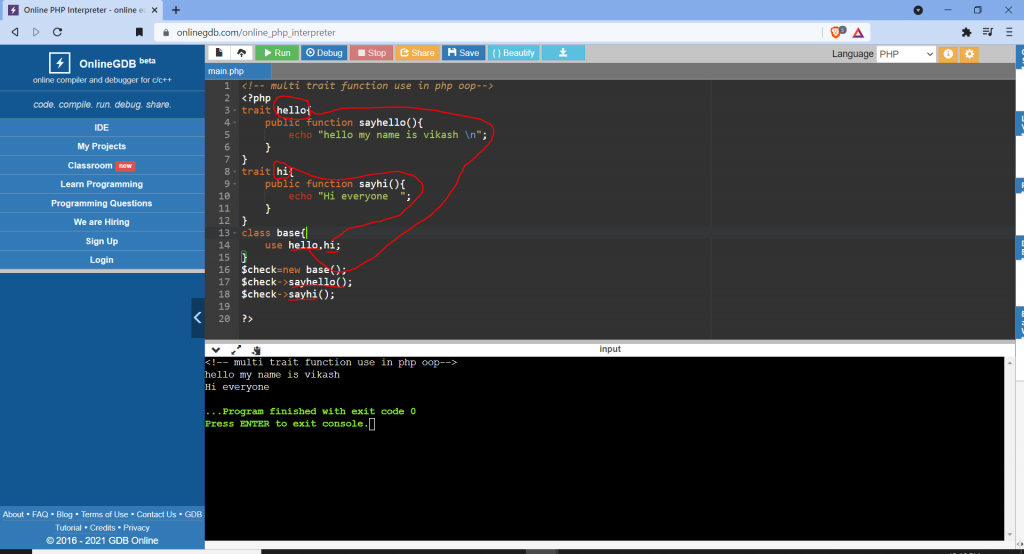


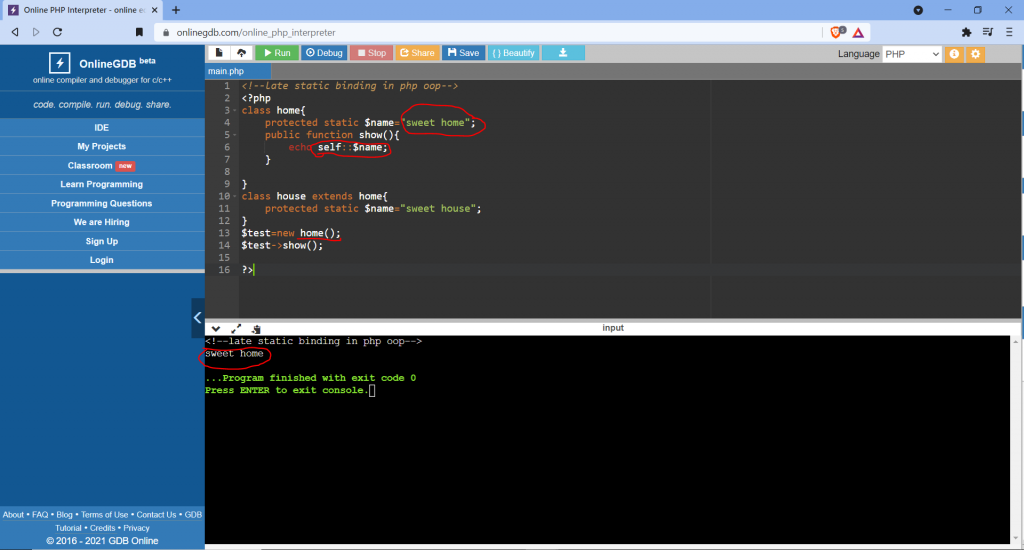
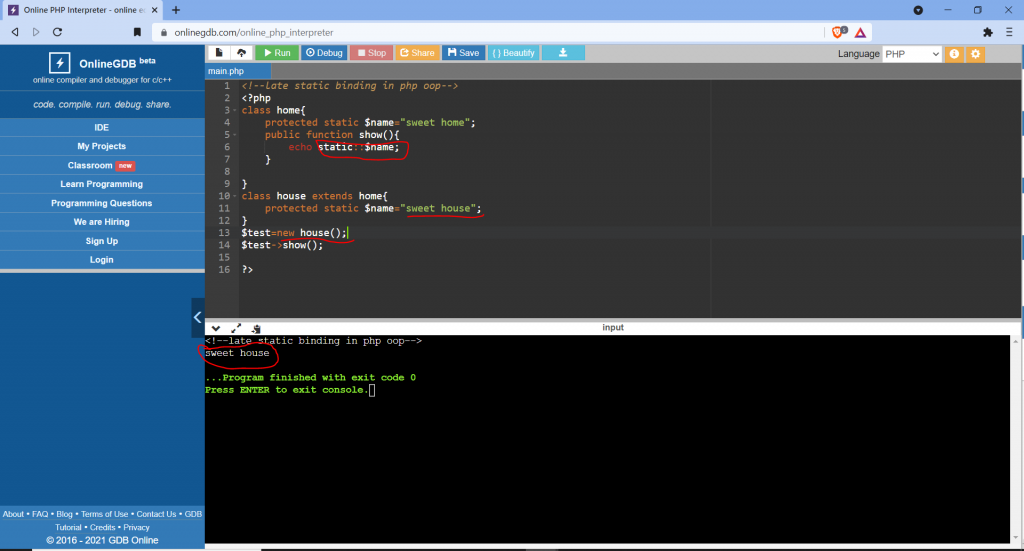
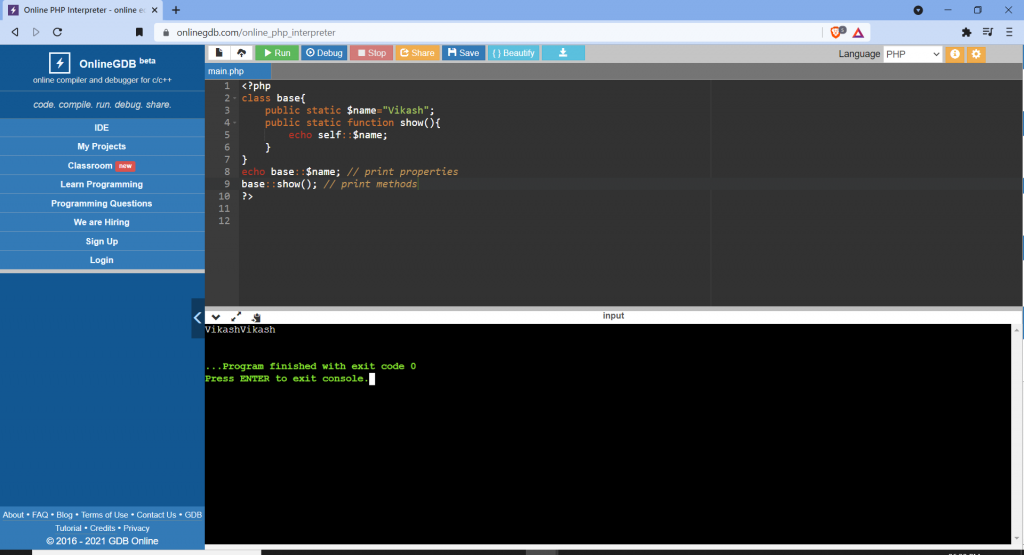
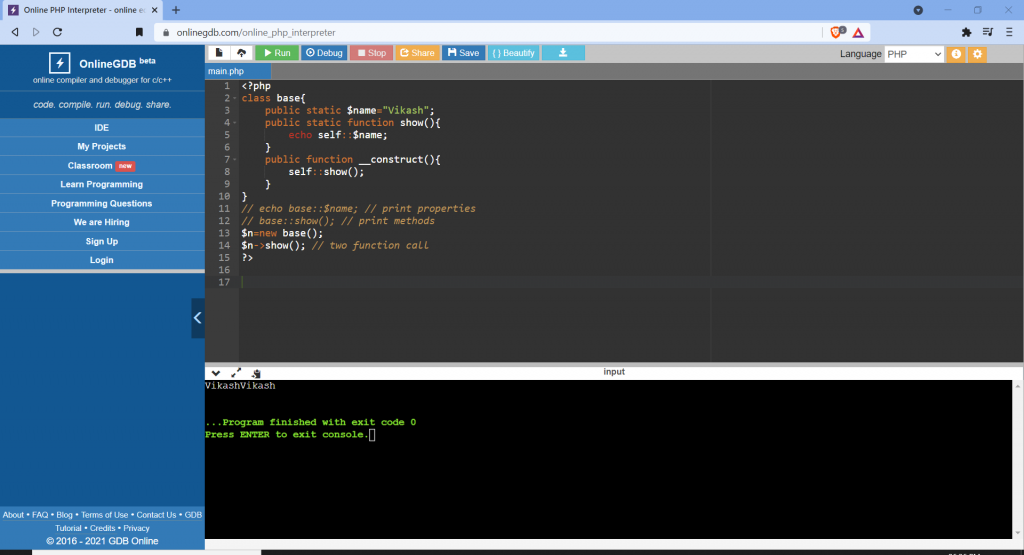
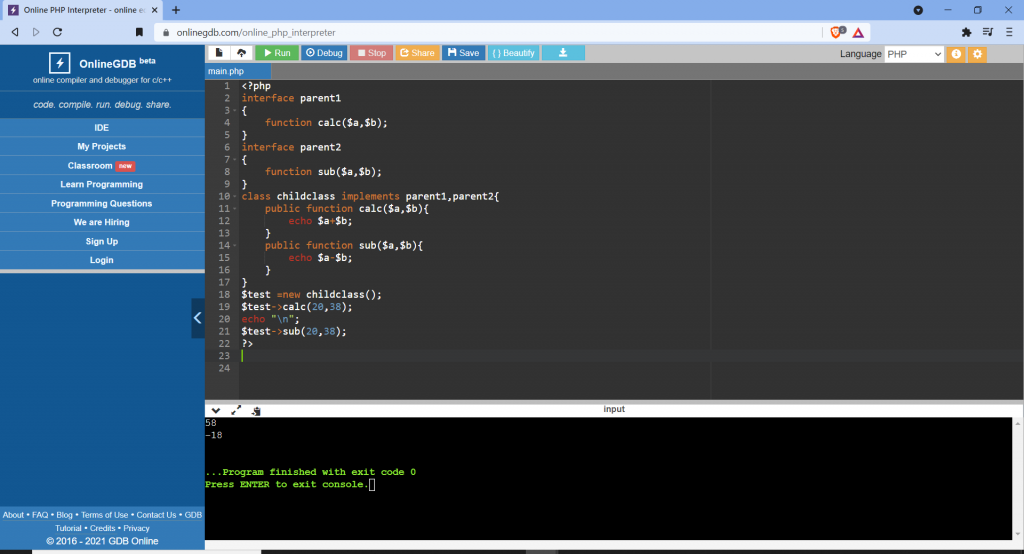
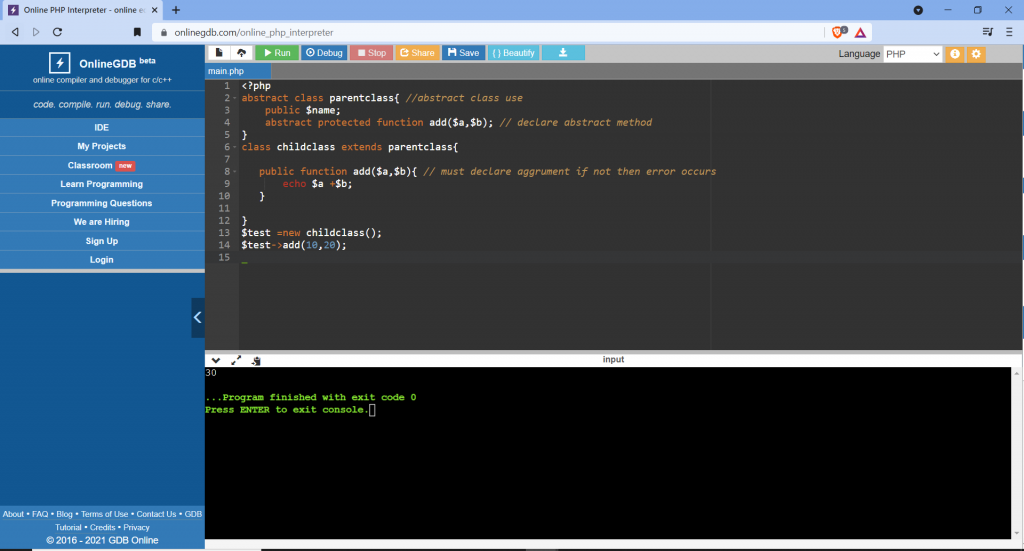
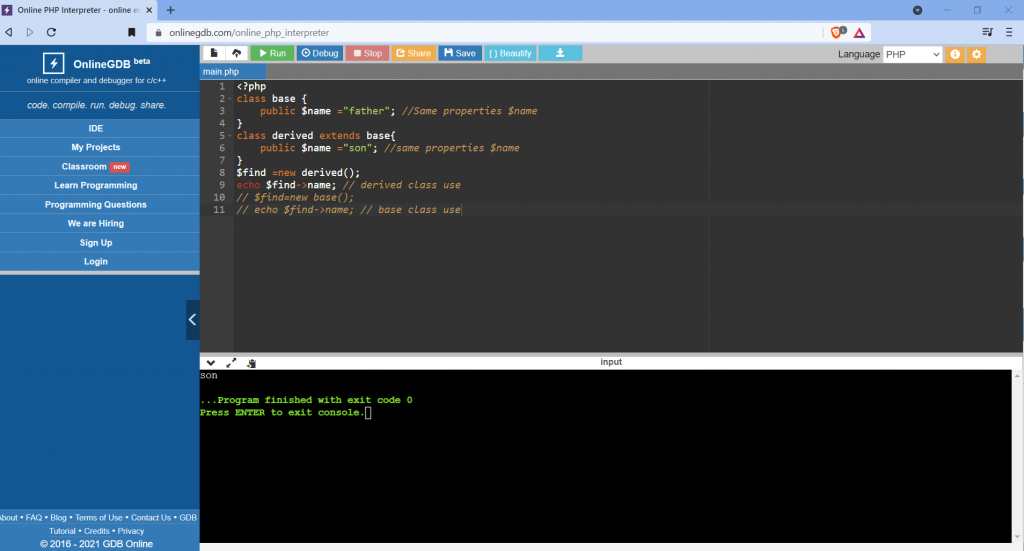
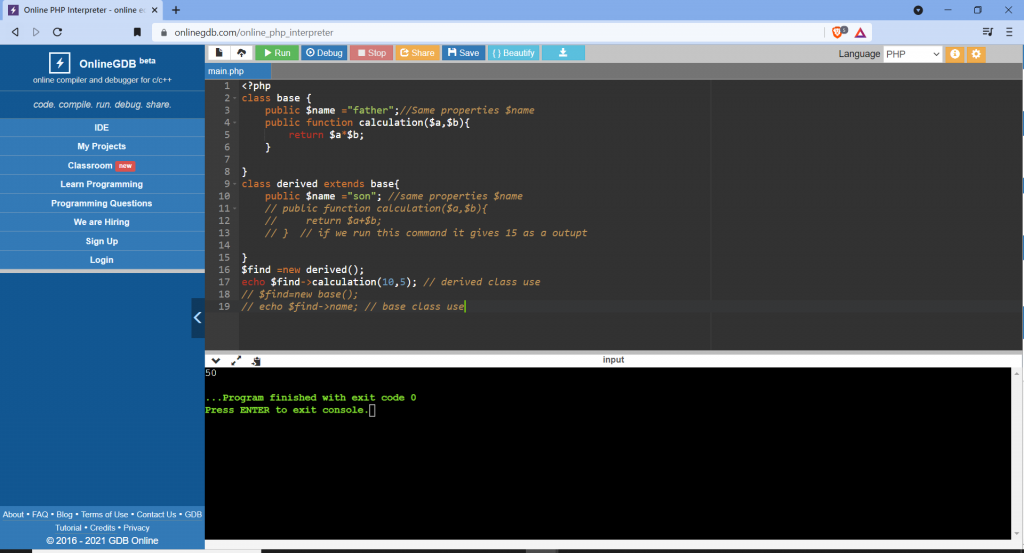
Restrictions on properties and methods.

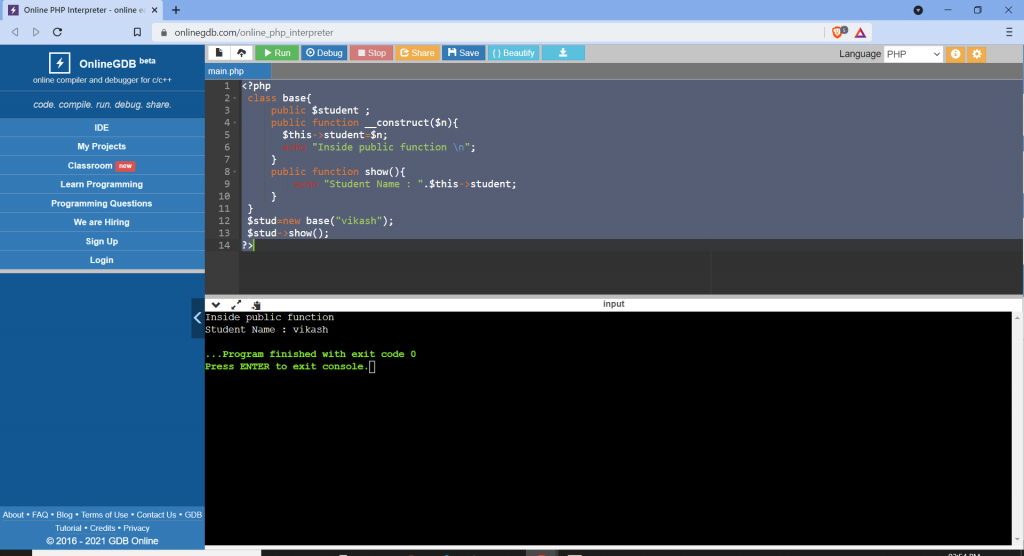
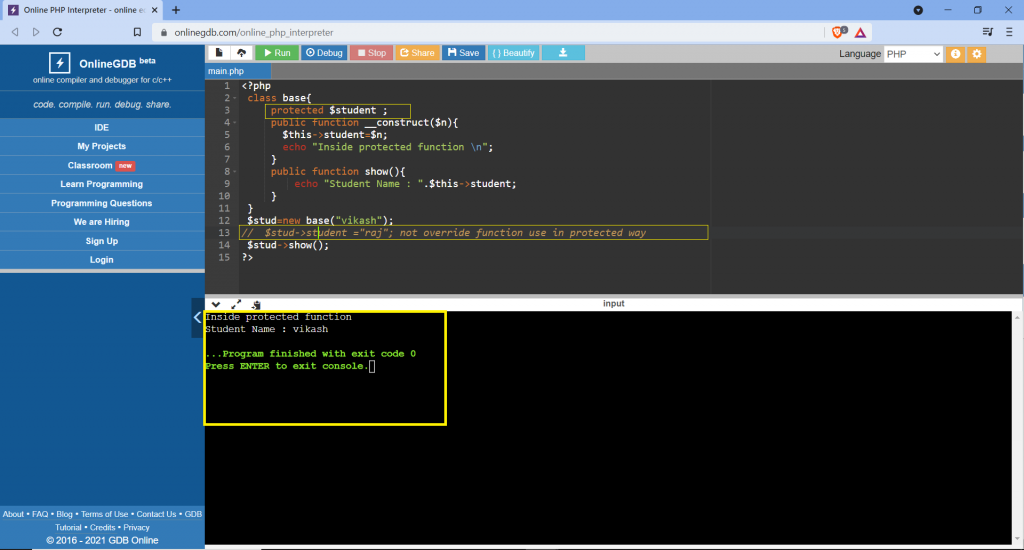
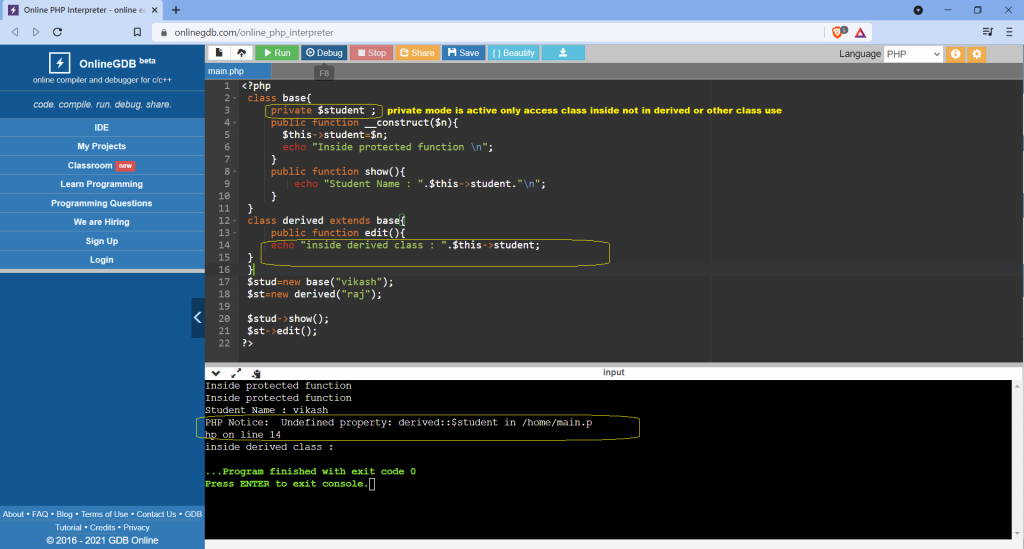
class school {
}
class students extends school {
}
$sch =new school (); // only use class school
$stu = new students (); // use both class school students (properties and methods)
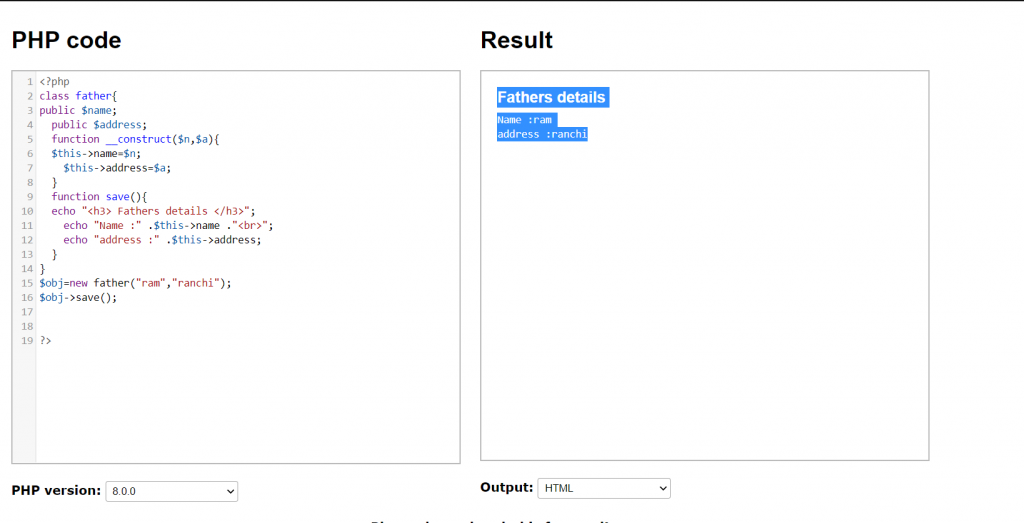
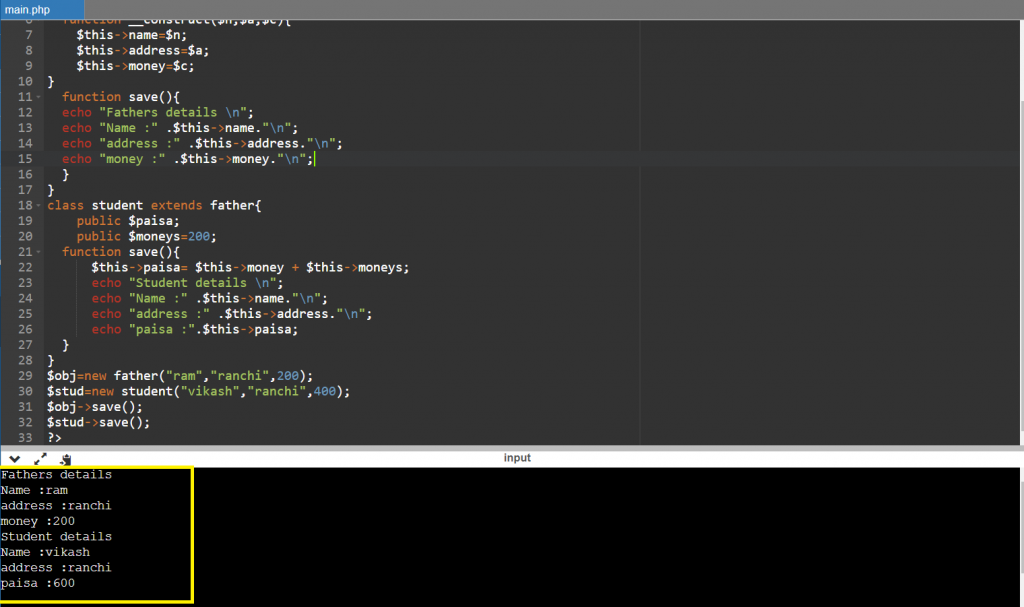
Today we all discuss about one of the treading point of the time “Azure DevOps”
If you are planning to become an Azure DevOps Engineer or expert, so I must tell you landed to a very good place. Here you can get Microsoft Azure DevOps Course with quality content. In Azure DevOps training, you can get In-Depth Practical Knowledge on Azure Boards, Azure Pipelines, Azure Repos, Azure Test Plans, and Azure Artifacts for the entire end-to-end DevOps Process.
After grab this course and certification, you will become a Master in Azure DevOps Service or Server techniques for Build, Test and Deploy application with Continuous Integration (CI), Continuous Delivery (CD) and Continuous Monitoring (CM). Let’s first take a look on Azure DevOps.
Here, I will try to help you discover important information to get through your preparations for the AZ-400 certification and where can you start to learn Azure DevOps?
What is Azure DevOps?
Azure DevOps is a modern DevOps tool of developing, planning, testing and deploying modern apps with optimized cycle to provide quality delivery of applications. Azure DevOps provides bunch of tool which can help you in track software building progress and also help you to take decision to deliver great software to the end users. Azure DevOps services are not dependent on cloud platform.
Microsoft Azure AZ-400: Azure DevOps

Microsoft Azure has introduced role-based certifications to help professionals to validate their expertise and capabilities for specific roles.
The AZ-400: Azure DevOps exam tests the capabilities for ensuring that development and operations teams of enterprise work in collaboration and coordination while bringing other departments of the enterprise into the equation, with equal contributions to concerned projects. AZ-400 exam preparation depends on their focus on the responsibilities of an Azure DevOps Engineer Expert.
Candidates should improve their skills in the design and implementation of strategies to ensure collaboration, source control, code, compliance, infrastructure, continuous integration, continuous delivery, feedback, continuous monitoring, security, and continuous testing.
Why should you go for Microsoft Azure DevOps?
You should enroll in this Azure DevOps certification course because:
Exam Structure of AZ-400 (Microsoft Certified Azure DevOps Engineer)
| AZ-400 | Exam Details | |
| Name of the Exam | Microsoft Certified Azure DevOps Engineer Expert |
| Exam Code | AZ-400 |
| Technology | Microsoft Azure |
| Prerequisites | None |
| Exam Duration | 210 Minutes |
| Number of Questions | 40-60 |
| Registration Fee | $165 USD(plus applicable taxes) |
| Exam Language | English, Japanese |
With the right guidance and support mechanism combined with a proper state of mind can overcome these obstacles. With the help of good online training for the AZ-400 exam can help candidates with the best instructor and training.
So if you planning to learn for Master in Azure DevOps and become an AZ-400 certified, then I would like to suggest you DevOpsSchool.com, One of the best institute for Azure DevOps training with best experts and trainer, instructors which are highly qualified professionals who have more than 10 years of working and teaching experience.
If you like Videos for learning then checkout for scmGalaxy YouTube Channel for Quality Course Videos.
I hope you like this particular blog on Azure DevOps informative and helpful.
Thank you!!
There are following features of js :-
JavaScript is used to create interactive websites. It is mainly used for:
Hello JavaScript by JavaScript